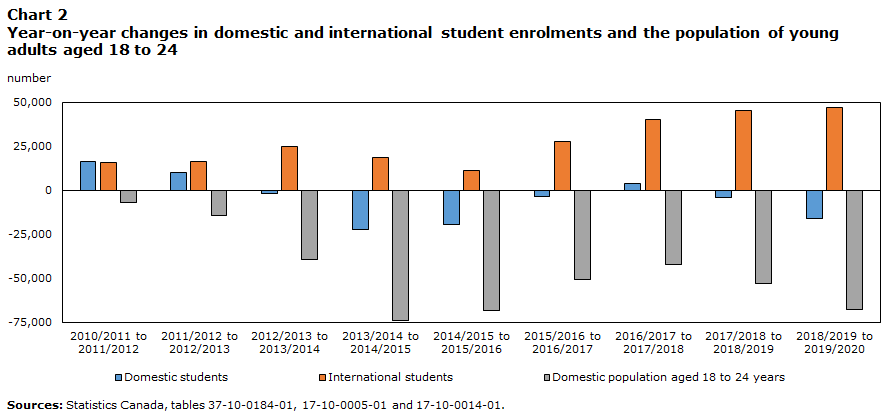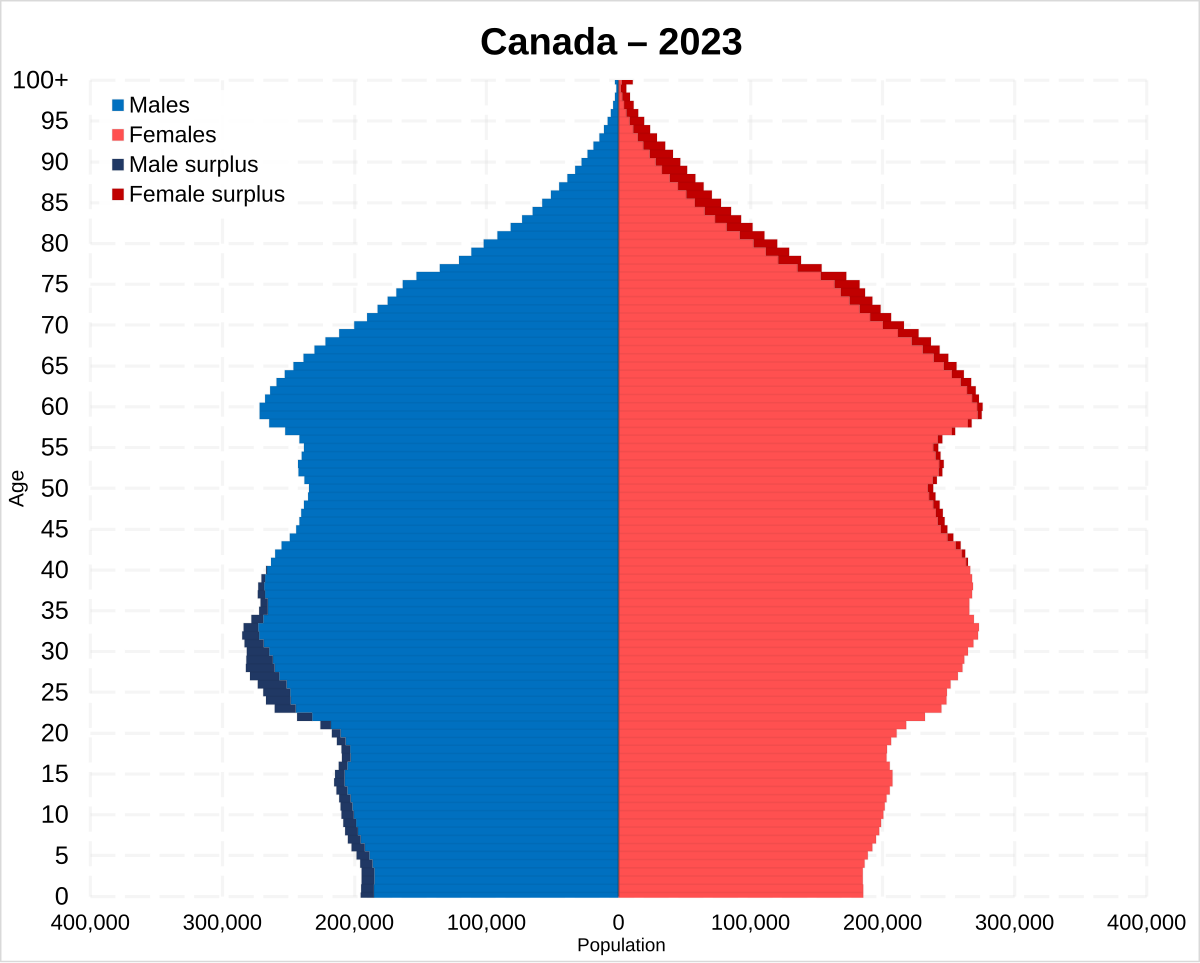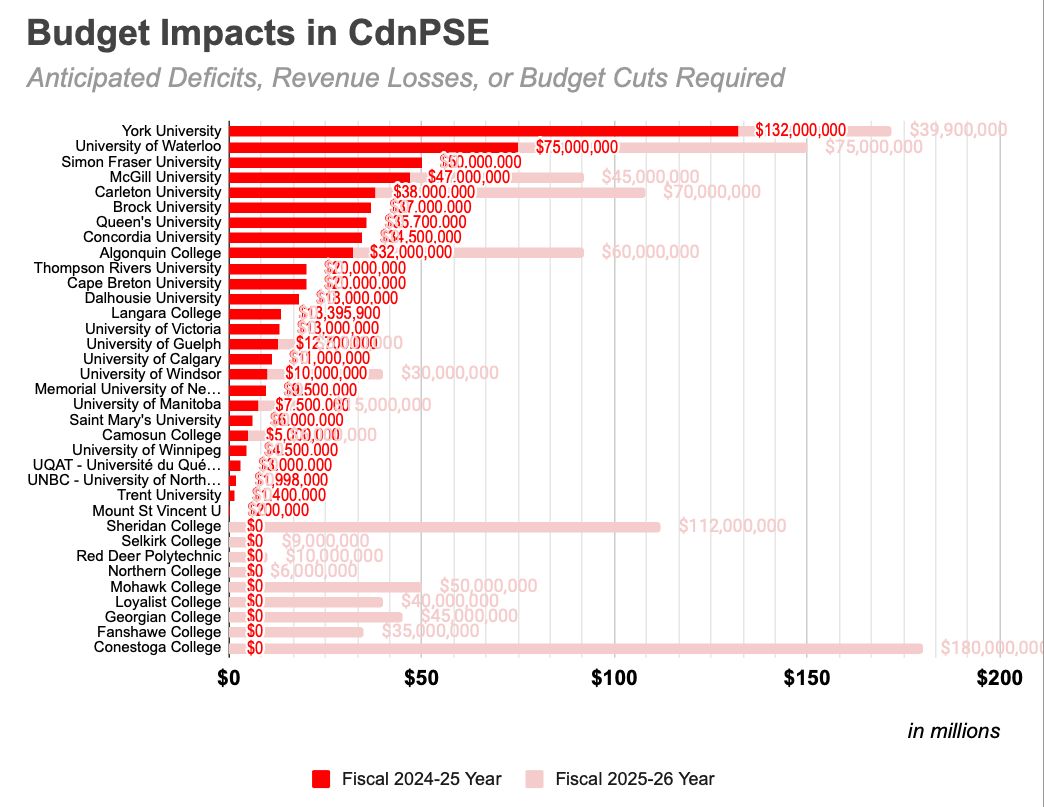Context
Last year (2024), after a thirty-year absence from full-time post-secondary education, I graduated from a college program in Kingston, Ontario. It was called ‘Music and Digital Media‘. Over two years, I engaged in a really unique deep-dive into:
- Music theory
- Music history
- Live performance
- Video recording & editing technology and best practices
- Audio recording & editing technology and best practices
- Projection skills
- Advanced technologies related to all of the above, including the use of Artificial Intelligence (AI)
I met many incredible and bright people (both students and instructors) and it was a wonderful experience that pushed me in a range of amazing directions, including providing the inspiration for my book, Extinction Event.
You can imagine my heartbreak when I heard that the college I attended terminated this program, along with a whopping 54 other programs. It’s hard to imagine there’s anything still on offer.
Many post-secondary institutions across Canada are suffering the same situation and agonizing decisions, particularly in the wake of the federal government’s decision to limit the number of foreign students.
Over the last four decades, tuition from foreign students essentially subsidized local programs, and without them, everything unraveled very quickly.
Post-Secondary Funding Issues

Almost every year since the early 2000s, the population of ‘student aged’ candidates in Canada has been dropping, pushing post-secondary schools to look elsewhere to maintain their status quo.
Recently, the combination of the pandemic and then the restrictions on foreign students in Canada has delivered a devastating blow to an array of schools.
The evidence lies with St. Lawrence College and their recent program reductions and an array of stories about other schools anticipating a lot of drastic cuts.
From the CBC article:
Overall, the sector is staring down “a very, very unpleasant few years,” where students may soon pay more for less, [higher education expert Alex] Usher says.
“You either have to make institutions cheaper to run or you have to have more public money come in…. That could come from government or it could come from [higher] domestic tuition fees,” he said.
“There’s not a lot of magic bullets.”
Strange Requests …
I’m writing about this from experience.
When I started the process of applying for the MDM program, I was stunned by the bureaucratic response. In order to complete my application, I needed the following information:
- Transcripts
- Potential list of exemptions (without any prospect of getting a refund in tuition)
- Referrals
- Work history
Furthermore, I’m in the process of applying for a Master’s degree (which I’ll talk about in a few weeks) and I was asked for a list of academic research and/or a compilation of work that I’ve done in the past THIRTY YEARS.
There were other requirements, but I continued to think to wonder if they knew I was in it for personal advancement as opposed to professional development.
The concept of ‘mature student’ seems to be lost on any of the post-secondary institutions that I’ve investigated and it’s … annoying.
What are ‘Demographics’?
I’ve been interested in demographic trends for a VERY long time.
In fact, I share an anecdote about my experience in university in the late 1980s and early 1990s about a conversation with an economics professor:
- Professor/advisor: “You’ve chosen to do a research paper for your fourth year project. What subject would you like to cover?”
- Me: “Demographics.”
- Professor (chuckling): “Demographics? That’s a make-believe area of study that’s full of voodoo science and fake numbers.”
- Me (to myself): “And economics is …?” (knowing full well that economics is a collection of suppositions, assumptions and hypotheses that occasionally come out OK).
- Me (outloud): “Fine. I’ll do my paper on maquiladoras in Mexico.”
This was before David Foot published his now-famous “Boom, Bust & Echo: How to Profit From the Coming Demographic Shift“, published in 1996.
If you’re not familiar with demographics, take a look at the chart below. It’s similar to charts available for many other countries that were once ‘Allies’.

See how there’s a ‘spike’ in population from people in the 60-70 age group?
These are the ‘Boomers’, people that were born as Allied forces returned from Europe and Asia and began creating lots of offspring in celebration of their triumph over the Nazis.
Boomers have driven demand for everything from bananas (high potassium levels being good for newborns) to cars (and songs about cars) to gas prices and other commodity shocks (most Boomers wanted to start driving around the early 1970s) to interest rate spikes (some folks may remember mortgage rates being in the double-digit range in the early 1980s) as Boomers wanted to settle down in new homes.
There’s a gap (where I live) called the ‘Bust’ and then the offspring of the Boomers called the ‘Echo’ generation.
Right now, colleges and universities are facing a second gap in population, the kids of the Bust.
You can see how drastically the population is cinching in at the younger years.
The demographics don’t lie: post-secondary programs are fucked.
Enlist the Boomers
OK … so it’s taken a long time for me to get to the point. Sorry.
There’s a massive volume of people out there in Canada who are about to retire.
Universities and colleges in Canada are facing a massive shortfall in enrolment.
Do I need to put them both on Tinder to make a point?
Schools: start pitching post-secondary programs to Boomers.
Make it easy to apply, be sure to understand that Boomers are no longer interested in career development and leverage today’s technology to deliver programs anytime, anywhere. In other words, wake up to the reality that Boomers across the globe might be interested in what we have to offer without flooding out rental markets with bodies.
What are you waiting for?
What’s Next?
Hopefully, our post-secondary institutions get the message. There’s LOTS of Boomer money out there waiting to be spent on unique degree programs.
They might actually save their asses if they figure this out in time.
But what comes after that?
If you look at life-cycle economics (an extension of demographics), the following trends should become apparent:
- Travel, especially to warm and safe environments (Spain, South France, South Italy, Greece, etc).
- In addition to travel, expect to see more spending at resort locations like Disney and other theme parks (especially if they’re in warm environments).
- Pets. I always think of the lines from ‘Scrooged’ where Robert Mitchum talks about the vast opportunity with the pet market).
- Volunteer activities (hopefully some activism too that will take down the current regime in the US).
- Modest amounts of entrepreneurialism (eg. contracting, deck building, odd jobs) but also things like small goods and crafts for annual sales.
- Hobbies: gardening, reading, writing, hiking, photography, painting, etc).
- Light sports: golf comes to mind, but Boomers may adopt a different attitude about golf, given the environmental costs of ranges.
- Mentorships & training others.
- Retirement homes (a money-sucking private industry that threatens the wealth of most North Americans).
Topping the list is education.
People will have time AND MONEY on their hands. They’ll have a newly acquired thirst for learning that may not be available on the internet or through local chat groups. They are somewhat traditional in how they were first educated and the nostalgic aspect of going back to school will get them excited about picking up a degree in English Literature or Ancient Mythology.
For the love of all that’s holy, don’t make it a challenging process. Have tick-boxes on the application that says ‘Are you a mature student’ and ‘Do you intend to use this program for career development’ and if you get a yes and then no, DON’T GIVE THEM A HARD TIME WITH THE APPLICATION PROCESS!!
Drop the snootiness associated with credentials, referrals and all the other BS. Take their money and run.
So, post-secondary program managers: hurry up and get their bums in your seats ASAP!!
Update (Feb 12, 2025)
So, as fate would have it, someone shared some really interesting data about schools in Canada and how they’re facing shortfalls.

These numbers are massive and point to a potential billion dollars or more that schools will have to scrounge up with sponsorships and government funding mixed with layoffs and program cancellations.
This uncertainty becomes a self-fulfilling prophecy: why apply to a program if you think it’s going to be cut? Should students get a refund if they get half way through a program and it gets terminated?
All good questions that could be easily addressed with a few hundred thousand Boomers heading back to school!
